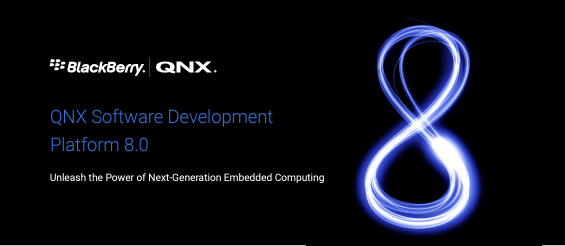
BlackBerry unveils new platforms at CES
EP&T Magazine
Automation / Robotics Electronics Engineering Software Engineering audio automotive BlackBerry platforms QNX Sound soundLas Vegas announcements support advanced manufacturing and in automotive applications
BlackBerry Limited announced general availability of its new QNX Software Development Platform (SDP) 8.0. Combined with the next generation QNX OS 8.0, the platform delivers a an operating system available for today’s embedded computing industry. In addition, BlackBerry announced the launch of QNX Sound, a development platform that decouples audio and acoustics software from the vehicle hardware to give audio designers and engineers complete creative freedom to deliver sound experiences.
The fifth generation QNX SDP 8.0 architecture builds on development and a secure platform, while maintaining its POSIX API to provide an instantly productive environment for both QNX and Linux developers. QNX SDP 8.0 adds support for ARM v9 and GCC 12, and delivers near-linear performance scaling with CPU core counts, enabling developers to fully realize the power and opportunities of increasingly advanced processors for generations to come.

Source: BlackBerry
“QNX SDP 8.0 provides the trusted foundation upon which our customers can truly future-proof their products for many years to come,” said John Wall, senior vice-president and head of QNX at BlackBerry. “It fundamentally enables embedded software design to support safe, secure and reliable systems in a way that fully harnesses the benefits of CPU advancements way into the future.”
Meanwhile, QNX Sound enables automakers to consolidate all audio and acoustic functions seamlessly and cost-effectively within the main software stack of the software-defined vehicle architecture, using pre-integrated and pre-tested core technologies. This includes a library of automotive acoustics functional modules for telephony, safety alerting, noise reduction, sound enhancement, media playback, etc. The software foundation not only provides more control over quality and functionality of these services, but it also includes advanced tuning tools with a graphical programming interface that unlocks signal processing creativity.
